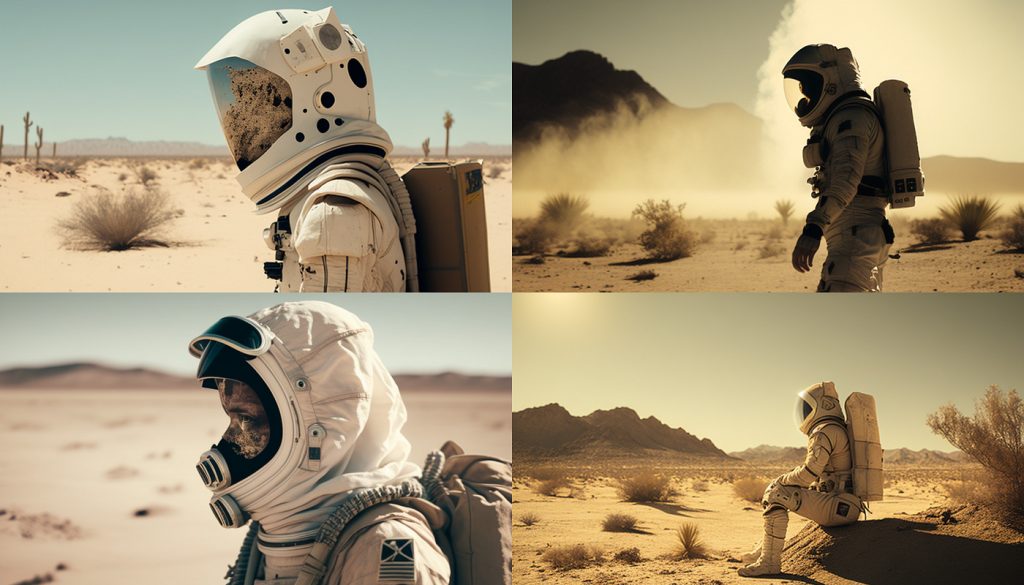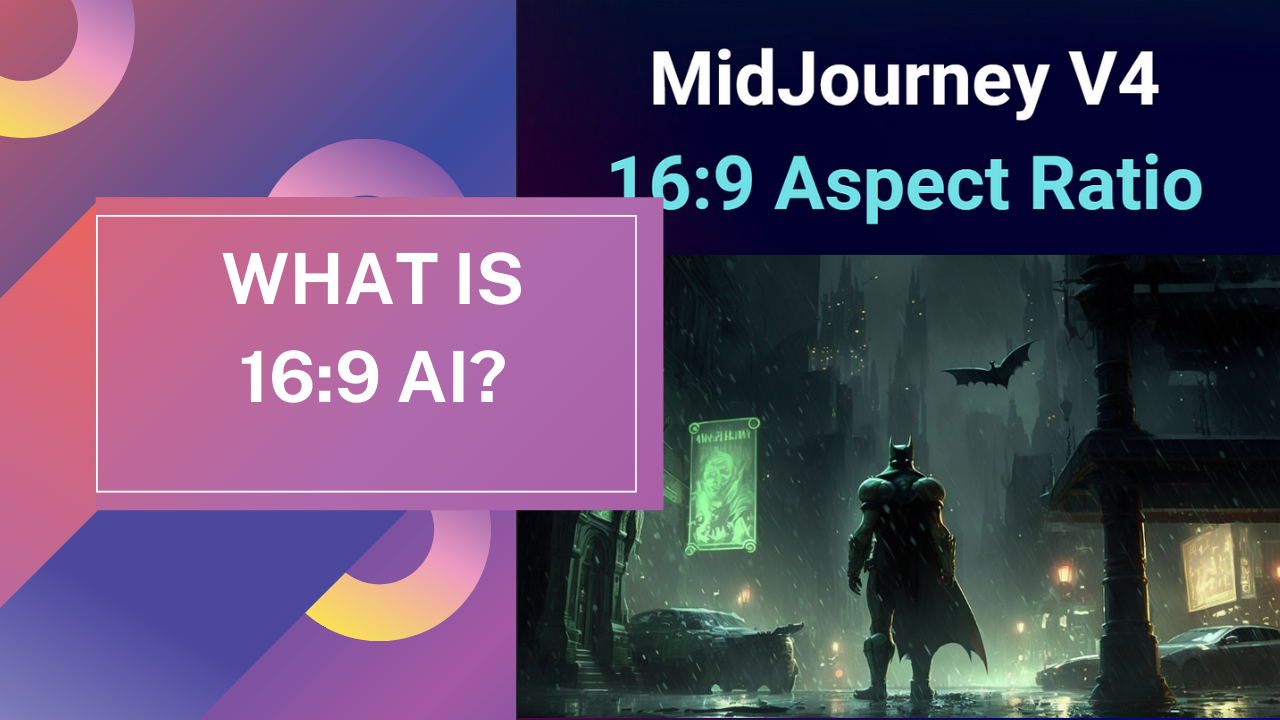16:9 AI refers to a type of artificial intelligence technology designed to work optimally with videos or images that use the 16:9 aspect ratio. This is the most common format for videos on the web, offering a balance between widescreen visual appeal and compatibility with various devices.
In this article, we will discuss how 16:9 AI can enhance video content, making it more engaging for viewers. We’ll explore its applications in improving video quality, automating editing processes, and ensuring that videos are optimized for viewing on different platforms.
What is 16:9 AI?

16:9 AI refers to an aspect ratio commonly used in digital displays, particularly in the context of videos and presentations. The ratio represents the width and height of the display in a specific proportion. In the case of 16:9, it means that for every 16 units of width, there are 9 units of height.
This aspect ratio is widely adopted because it fits well with widescreen formats and is commonly used in various media platforms, including television, computer monitors, and online video streaming services like YouTube and Netflix.
The “AI” in “16:9 AI” likely refers to the integration of artificial intelligence (AI) technology into processes related to content creation, editing, or optimization within the context of the 16:9 aspect ratio.
This could involve AI-powered tools for tasks such as video editing, image resizing, or content optimization, all tailored to fit the 16:9 aspect ratio. AI can automate and enhance various aspects of content production, making it more efficient and effective for creators and users alike.
The Role of AI in Video Production
- Content Creation: AI algorithms can generate content, including scripts, storyboards, and even video clips. Natural Language Processing (NLP) models can assist in scriptwriting by analyzing data and generating compelling narratives. Additionally, AI-powered tools can suggest shot compositions and visual elements based on the content of the script.
- Editing and Post-Production: AI enables automated video editing by analyzing footage, identifying key scenes, and assembling them into a coherent sequence. It can also assist in tasks such as color correction, audio enhancement, and visual effects. AI algorithms can learn from editing patterns and user preferences to streamline the editing process further.
- Personalization: AI enables personalized video content by analyzing user data and preferences. This allows creators to tailor videos to specific audiences, increasing engagement and relevance. Personalization algorithms can dynamically adjust video content in real-time based on viewer behavior and feedback.
- Content Analysis and Optimization: AI-powered analytics tools provide insights into video performance, audience engagement, and content effectiveness. By analyzing metrics such as view duration, click-through rates, and viewer demographics, creators can optimize their content strategy and improve ROI.
- Automation of Repetitive Tasks: AI automates repetitive tasks such as transcoding, metadata tagging, and file management, reducing manual labor and increasing productivity. This allows video production teams to focus on more creative aspects of their work.
- Visual Effects and CGI: AI algorithms enhance visual effects and computer-generated imagery (CGI) by generating realistic simulations, improving rendering speed, and reducing production costs. AI-driven tools enable complex effects such as facial animation, motion tracking, and virtual set design.
Benefits of Using 16:9 AI
- Automated Editing: 16:9 AI can automate the editing process by analyzing footage and suggesting edits that fit the 16:9 aspect ratio. This streamlines the editing workflow, saving time and effort for video creators.
- Optimized Composition: AI algorithms can analyze the content of the video and recommend compositions that work well within the 16:9 aspect ratio. This ensures that the visuals are well-framed and balanced, enhancing the overall quality of the video.
- Enhanced Visuals: AI-powered tools can improve the visual quality of videos by enhancing colors, contrast, and sharpness to make them more appealing to viewers. This can help videos stand out on platforms where visual quality plays a significant role in engagement.
- Efficient Content Creation: With 16:9 AI, creators can generate content more efficiently by automating tasks such as scriptwriting, storyboarding, and scene selection. This allows them to focus on creative aspects of video production while AI handles repetitive tasks.
- Personalized Output: AI can personalize video content based on viewer preferences and behavior, delivering a more engaging and relevant experience. By analyzing data, AI algorithms can tailor the content to specific audiences, increasing viewer satisfaction and retention.
- Consistent Branding: Using 16:9 AI ensures that videos maintain a consistent aspect ratio, which is important for branding and visual identity. Consistency in aspect ratio helps establish a recognizable style and enhances brand recognition across different platforms and devices.
Implementing 16:9 AI in Your Projects
Implementing 16:9 AI in your projects means you’re using artificial intelligence to improve how videos or images fit into the popular 16:9 aspect ratio. This is great for making content that looks good on most screens, like TVs and computer monitors. AI can automatically adjust your visuals so they fit perfectly, without looking stretched or squished.
This technology is especially handy if you’re working with different types of media that need to be consistent across various platforms. It saves time by doing the resizing and cropping for you, ensuring your content always looks its best. Plus, it’s pretty easy to integrate into your existing projects, whether you’re developing a website, an app, or digital marketing materials.
Using 16:9 AI, you can focus more on the creative side of things, knowing the technical details are handled. This makes your workflow smoother and your final product more professional. It’s a smart move for anyone wanting to keep their digital content looking sharp and engaging for their audience.
The Future of Video Editing with AI
AI is changing how we edit videos, making it faster and easier. This technology lets us do things like adding effects and editing clips with just a few clicks. It’s like having a smart helper that knows exactly what you want.
With AI, you don’t need to be a pro to make amazing videos. It can automatically fix colors, crop scenes, and even add subtitles. This means anyone can create professional-looking videos without spending lots of time learning how.
The future of video editing with AI looks exciting. It will save us time and let us focus on being creative. Imagine making cool videos without the hassle. That’s where we’re headed, and it’s going to make video editing accessible to everyone.
FAQs
What is 16:9 AI?
16:9 AI is an artificial intelligence-powered tool designed to automatically convert videos to the popular 16:9 aspect ratio, optimizing them for various platforms like social media.
How does 16:9 AI work?
It employs advanced algorithms to analyze and adjust video content, cropping or resizing it intelligently to fit the 16:9 aspect ratio without sacrificing important visual elements.
What are the benefits of using 16:9 AI?
It saves time and effort by eliminating the manual process of adjusting video dimensions. Plus, it ensures videos look professional and visually appealing across different platforms.
Is 16:9 AI suitable for all types of videos?
While primarily designed for general video content, it may not be ideal for all types, such as those with intricate compositions or specific aspect ratio requirements.
Conclusion
The 16:9 ratio is a common format for screens and videos, offering a wide view that fits many modern TVs and computer monitors. It’s great for movies and gaming, giving you more space on the sides compared to the older 4:3 ratio.
TextoSpeech Online TTS tool turns text into spoken words. It’s useful for creating voiceovers or helping those who prefer listening over reading. Easy to use, it supports different languages and voices, making digital content more accessible to everyone.

